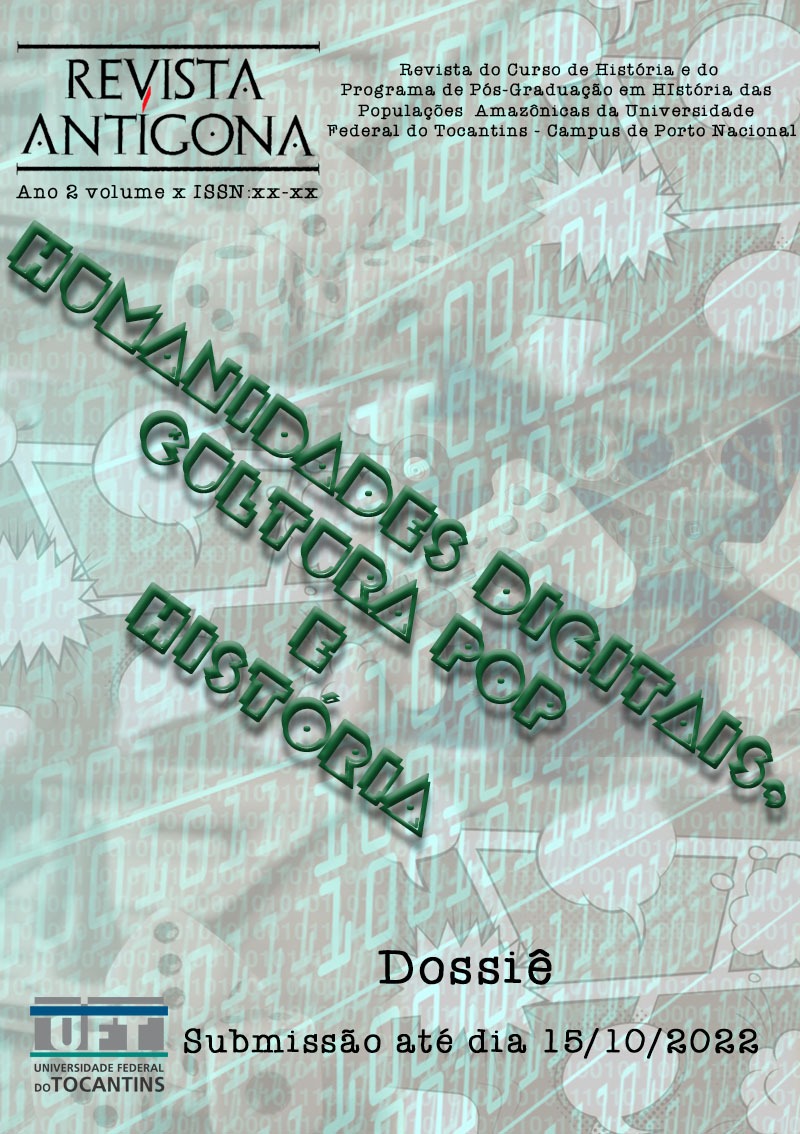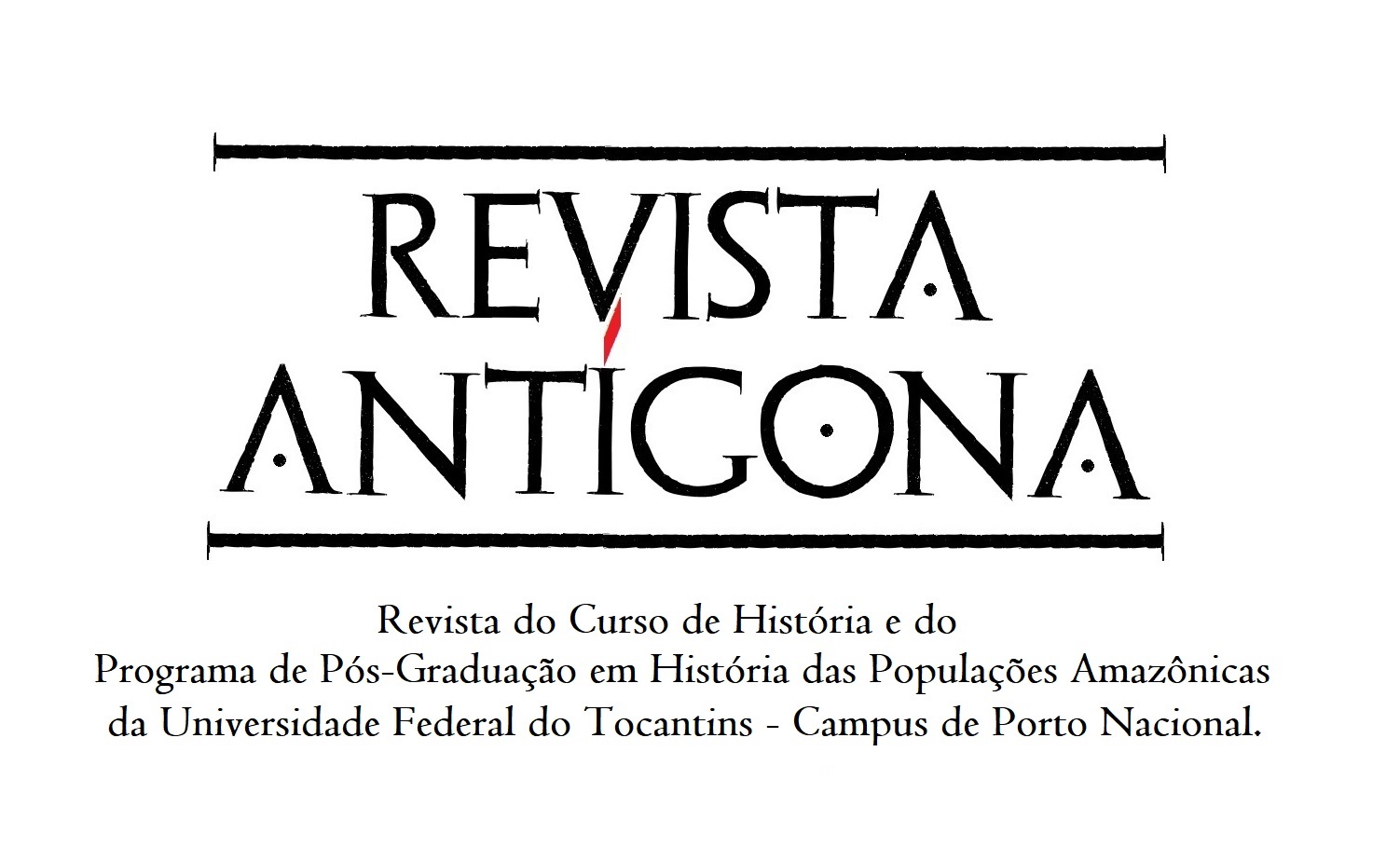O USO DE TEXTOS LITERÁRIOS NO ENSINO DE HISTÓRIA:
O CORONELISMO E O CANGAÇO NA OBRA AUTO DA COMPADECIDA DE ARIANO SUASSUNA
DOI:
https://doi.org/10.20873/uft.2763-9533/2022.2.11Keywords:
Educação; Literatura; Regionalismo; República velha; HistoriografiaAbstract
The advancement of teaching methodology, education professionals must increasingly seek ways to streamline their classes, today the use of textbooks is not attractive and cannot develop the student's understanding skills, in the teaching of history there is no difference, the history teacher must look for ways to discuss the subject using mechanisms that attract the student, so literature in history teaching emerges as a viable alternative capable of presenting the history of a given time with precision, in a lighter way than official documents, in Sevcenko's view, with the eyes of those “socially misfits”. Starting from the premise that literature can be used in the teaching of history, it can be understood that the work "Auto da Compadecida”, by Ariano Suassuna, it is a possible instrument for history teachers, since in its plot the vision of banditry is presented. social movement of Hobsbawn, within the "cangaço", and "coronelismo", as a political and economic force, with influence in the local society of the time. Therefore, it is clear that literature is an instrument for teaching history, as it serves as a historical source, an element that was only made possible by the emergence of cultural history, where elements of culture began to be used to reassemble historical facts of different times, thus making a contrast to traditional historiography. Using literature to teach history enables the awakening of the student's imagination, enriching the debate in the classroom.



